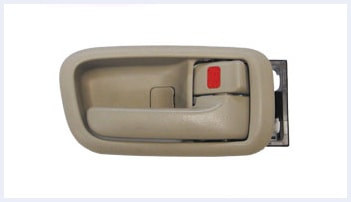There was a time not long ago when the idea of all-plastic car would have provoked howls of laughter from car enthusiasts. Plastic? Ha! Everybody knows plastic isn’t as tough as metal, right? Plastic is for toys, food packaging, knick-knacks, what-have-you. Metal, ahh, that was the stuff real cars were made of.
So much for conventional wisdom. Today, plastic — specifically plastic injection molded plastic — comprises fully 50% of automobile components by volume but only 10% by weight. And therein lies the reason for resin’s popularity: weight. Plastic is up to 50% lighter than metal, resulting in tremendous fuel savings.
But is plastic tough? In a word, YES! In fact, it may even be tougher! Tests show that plastic parts have a greater tensile strength than metal because it can actually flex slightly when stressed, as opposed to most metal parts, which can flex, true, but will ultimately crack and fail if too much flexing occurs.
What kinds of plastics are the most commonly used in plastic injection molding? The Big Three are polypropylene (32%), polyurethane (17%) and PVC (16%). All three are tough, durable and lightweight.
How does all this strength and flexibility get produced? First, a primer on plastic injection molding or PIM. PIM involves injecting material into a mold that is shaped like the part which is being produced. In the case of plastic car parts, those molds may be for pads and cushions, back-lighting controls and buttons, door handles, acrylic lenses, engine parts and more.

Engine parts? You read that correctly: a large percentage of today’s engine parts are either plastic or a plastic/metal hybrid. Again, the reason involves both weight and strength: plastic is every bit as tough as metal but lighter and costs less. It’s a win-win-win scenario!
Could an all-plastic car be parked in your driveway in the future? Don’t bet against it!